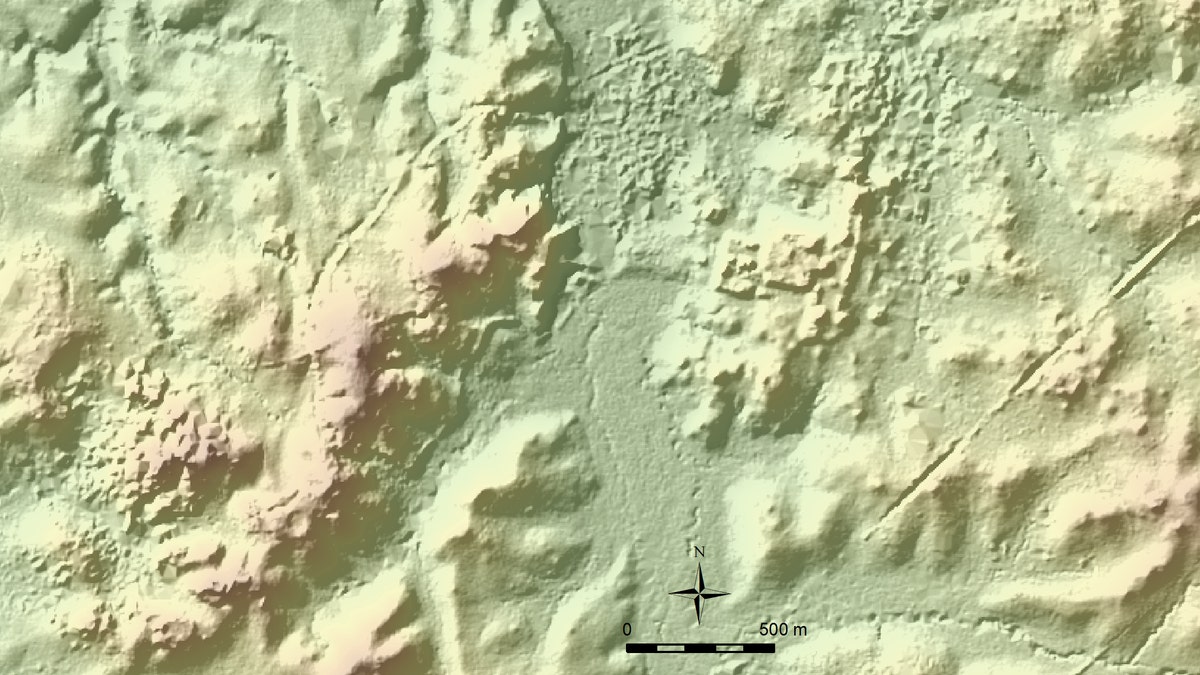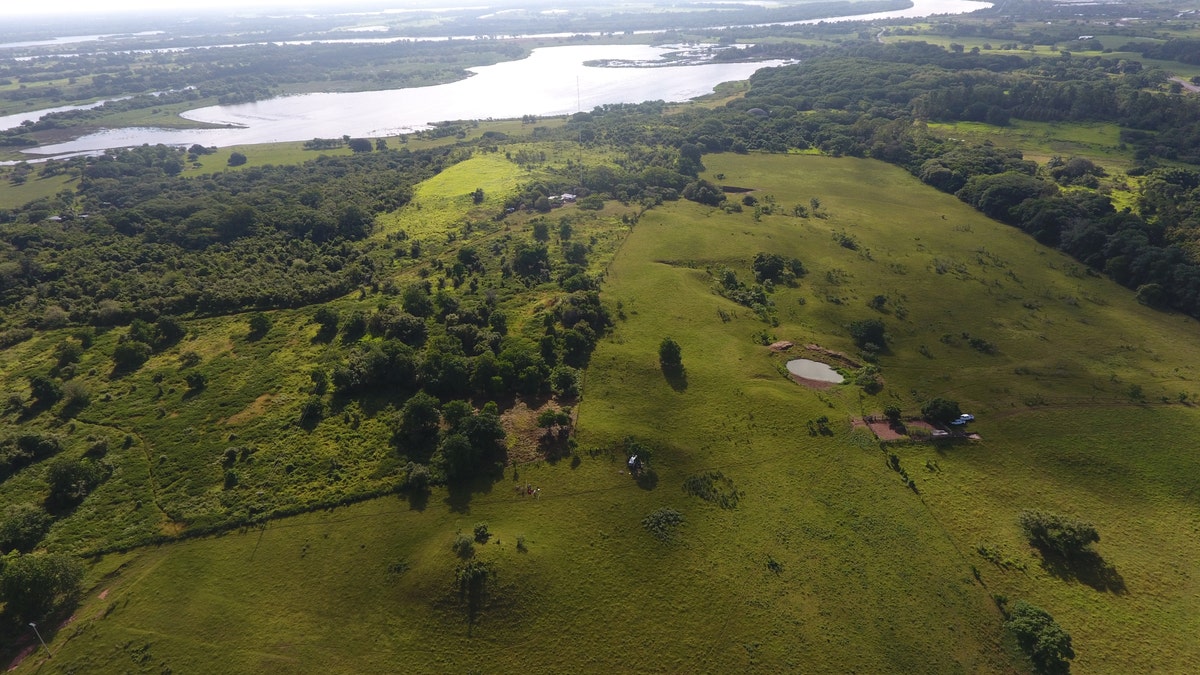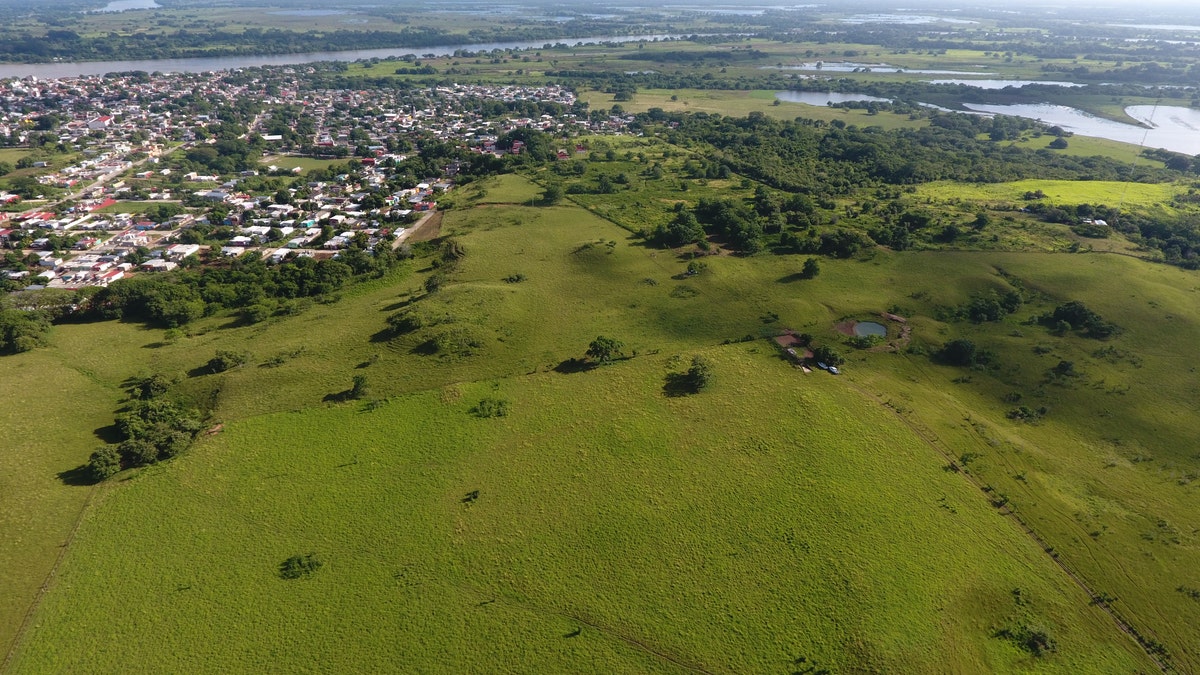1,500-year-old mask of Maya ruler found
Researchers have uncovered a 1,500-year-old stucco mask of Maya ruler K'inich Janaab 'Pakal. What differentiates this mask from others is it’s seemingly made in the king’s likeness.
An eagle-eyed archaeologist has used a freely available online map to locate 27 Maya ceremonial sites in Mexico.
Takeshi Inomata, a professor of archaeology at the University of Arizona, made the discovery using a LiDAR (Light Detection and Ranging) map he found online last year, according to the New York Times. LiDAR technology harnesses a laser to measure distances to the Earth’s surface and can prove extremely valuable to study what is hidden in areas with thick vegetation.
The 2011 map, which covers 4,400 square miles of the Mexican states of Tabasco and Chiapas, was published by Mexico’s National Institute of Statistics and Geography, the Times reported.
'FIRST OF ITS KIND' ANCIENT MAYA TOOL DISCOVERED IN LAGOON
Inomata told Fox News that the discovery followed his research at the site of Ceibal in Guatemala, where a ceremonial complex dating back to 1000 to 900 B.C. was found. “We then went to this area (Tabasco) thinking that there may be similar ceremonial complexes of this period,” he explained, via email. “It was great to see that there [are] more sites of this type than we expected. It is also remarkable that they had very standardized rectangular formations.”

LiDAR image of the El Saraguato site. (Instituto Nacional de Estadística y Geografía)
Although visible on LiDAR maps, many sites, such as one dubbed “La Carmelita” are difficult to find in ground-based surveys, according to the Times.
The discovery of the 27 lost Maya ritual sites sheds new light on the ancient culture. “This is the period when people were just starting to use ceramics and adopting a sedentary way of life,” he explained. “The presence of these formal ceremonial complex in this early period indicates that certain rituals and religious ideas spread over a wide area as people accepted new ways of life.”
INCREDIBLE MAYA DISCOVERY: ANCIENT KING'S MASK UNCOVERED IN MEXICO
The Mexican Institute of Anthropology and History also participated in the project.

View of the La Carmelita site from the west. (Takeshi Inomata)
There have been a number of fascinating Maya discoveries across central America in recent years.
Experts recently discovered a unique ancient tool that was used by Maya salt workers more than 1,000 years ago. Fashioned from the mineral jadeite, the chisel-style implement was found at the site of Ek Way Nal, a Maya salt works in southern Belize that is now submerged in a saltwater lagoon.
MYSTERIOUS LOST MAYA CITIES DISCOVERED IN GUATEMALAN JUNGLE
Last year an ancient mask depicting a 7th-century Maya king was discovered in southern Mexico.

View of La Carmelita from the south. (Takeshi Inomata)
Also in 2018, archaeologists harnessed sophisticated technology to reveal lost cities and thousands of ancient structures deep in the Guatemalan jungle, confirming that the Maya civilization was much larger than previously thought.
LiveScience reports that hundreds of Maya artifacts that may have been used in ritual animal sacrifices have also been discovered at the bottom of a Guatemalan lake.
CLICK HERE TO GET THE FOX NEWS APP
From its heart in what is now Guatemala, the Maya empire reached the peak of its power in the sixth century A.D., according to History.com, although most of the civilization’s cities were abandoned around 900 A.D.
The Associated Press contributed to this article.





















